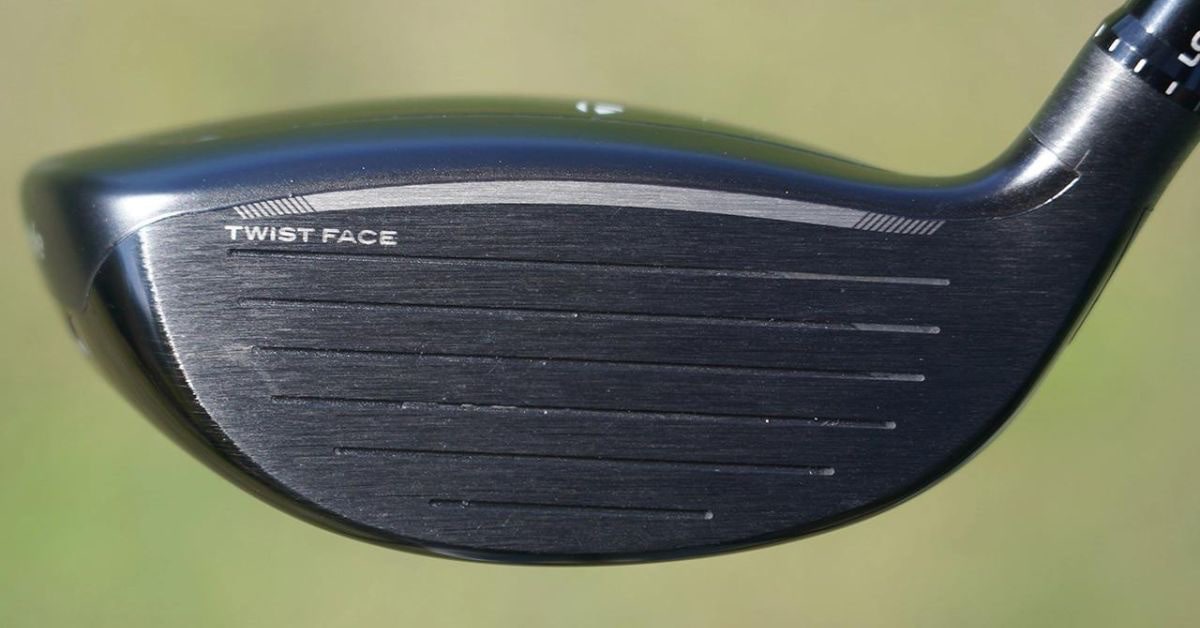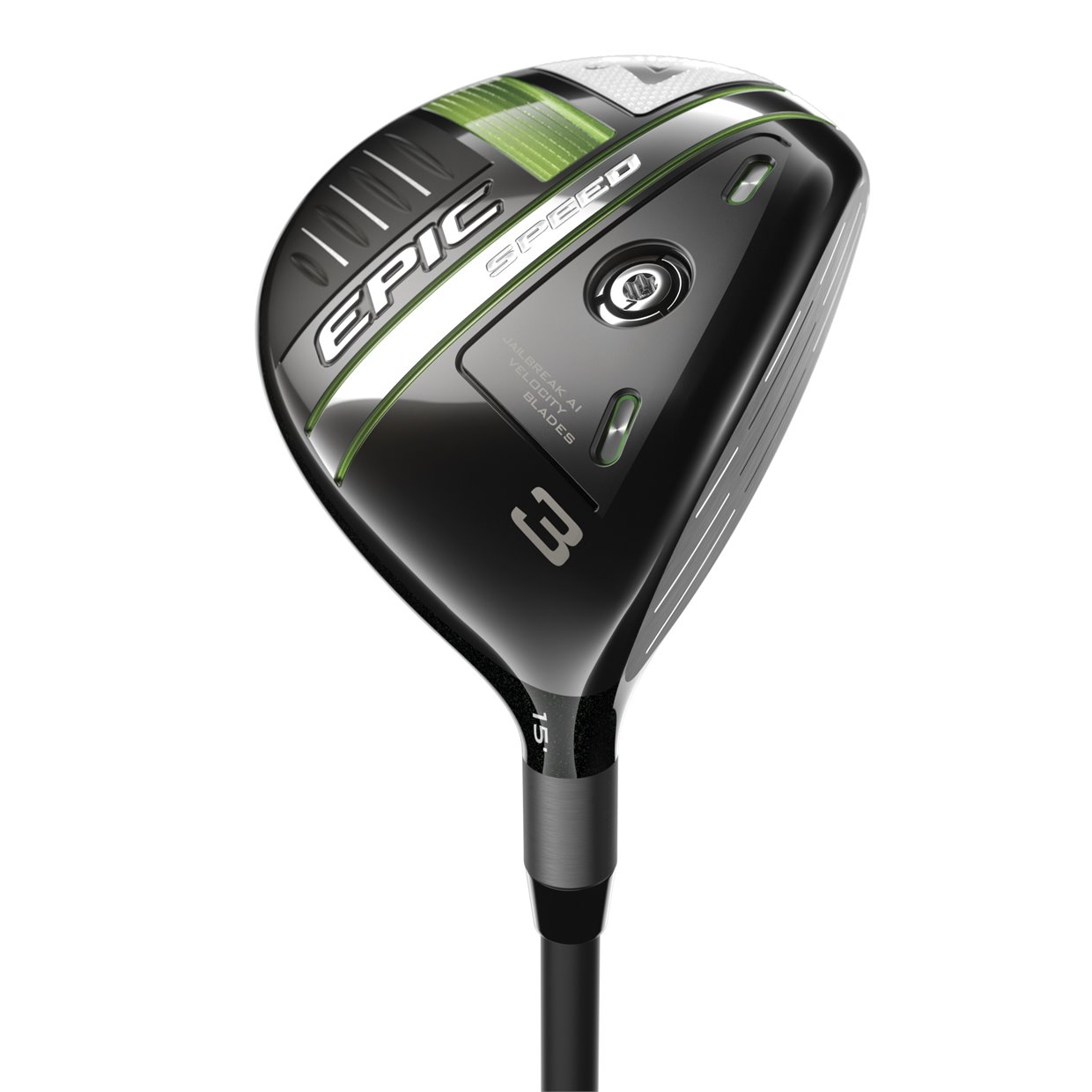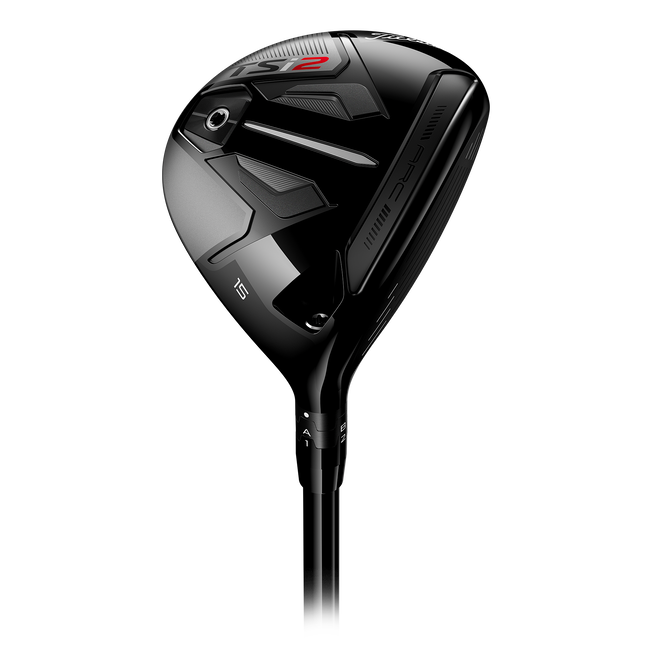I’ve often struggled to make solid contact with some 3 woods. It took a while to find one that I feel particularly comfortable with off the tee and tight fairway lies.
The length of the 3 wood shaft, combined with the relatively small clubface can make it particularly challenging to find the center on a repeatable and consistent basis.
In this article, you’ll learn what a deep face 3 wood is. Specifically, I’ll discuss how a deeper face can make ball-striking easier than with a traditional 3 wood.
Ready? Let’s get into it!
What is a Deep Face 3 Wood?
A deep face 3 wood is a type of golf club that has a taller (deeper) clubface when measured from top to bottom. This design suits golfers who primarily use it off the tee, offering a better strike zone for higher swing speeds and a greater sense of control.
As my game is improving and my driver distance is getting longer, I’ve found that some of the par 4 holes at my local now require a shorter, more strategic approach. This calls for more control from the tee to set up the ideal second shot into the green.
When considering a driver replacement for these holes, I’ve read in forums that the deep face 3 wood is becoming increasingly popular.
Could this be a valid alternative to using the driver?
To help answer this question, let’s dive into the design details and the pros & cons.
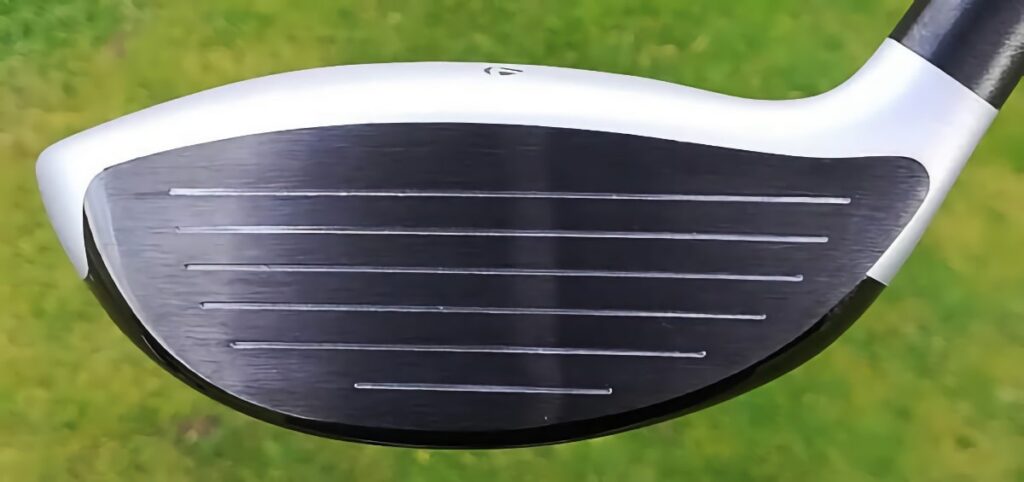
Deep Face 3 Wood: Club Design
A deep face 3 wood, as its name suggests, refers to a specific style of 3 wood club where the clubface has more depth — AKA height — to the clubface.
To find the face depth of a golf club you take a measurement of the distance from the top (crown) to the bottom (sole) of the clubface.
The typical face depth of a standard 3 wood is often around 35-40mm. But, for a deep face 3 wood this can be more substantial — often exceeding 40mm.
The overall shape of the 3 wood remains the same, regardless of the face depth.
Also, the loft angle remains similar, typically around 15 degrees, but the taller face makes the clubhead appear larger from the golfer’s perspective. This is most noticeable at address, where the top of the ball will be sat below the top of the clubface.
Fairway Shots
For some golfers, standing over the ball with a deeper clubface from the fairway off the deck can make them feel nervous.
Often, a taller clubface can make you question if you are capable of generating enough ball height. This is similar to the sensation of hitting a driver off the deck.
For this reason, the deep face 3 wood is better suited for use off the tee.
Reading through some Golf WRX forums and threads, golfers who use this type of 3 wood find the deeper face design can offer more precision and control. The increased face depth provides an enhanced strike zone that can build confidence.
So, let’s take a closer look at the design, features, and benefits of the club.
Pros of Using a Deep Face 3 Wood
- Lower Spin Rates: A deep face 3 wood, due to its design, tends to produce lower spin rates. This characteristic can lead to more distance, especially off the tee.
- Better Control From the Tee: The deeper face provides a larger striking area, with greater forgiveness. This provides more control and confidence when teeing off, making it suitable for holes where precision is more important than distance.
- Enhanced Shot Shaping: A deep clubface allows for better shot-shaping. Skilled golfers who prefer to shape their shots, whether it’s a fade or a draw, may find this advantage appealing for their game.
Cons of Using a Deep Face 3 Wood
- Requires Precision: The deep face design demands more precision in striking the ball. Off-centre hits might not be as forgiving, making it a less ideal choice for high-handicap or beginner golfers.
- Challenging From the Fairway: As mentioned earlier, due to its design and lower launch angle, golfers might find it harder to get the ball airborne quickly from the fairway or rough.
- Limited Club Selection: Not all manufacturers offer a deeper face option. This could limit the choices when golfers are looking for this type of club.
- Requires Higher Swing Speeds: Golfers with a slower swing speed might find it more difficult to generate the optimal loft and distance with a deep face 3 wood, compared to a regular 3 wood. Therefore, this club may only be suitable for experienced golfers with faster swing speeds.

A Closer Look at the Club Design
The standout feature of a deep face 3 wood is its larger face depth, which directly influences how the club interacts with the golf ball. Therefore, it will influence factors such as shot trajectory, spin rate, and the overall distance and accuracy of the shot.
Forgiveness
One of my favorite features of the deep face 3 wood when compared to a standard 3 wood is that the deeper face provides a larger contact area.
This offers me extra forgiveness on off-center shots — something we could all do with off-the-tee even on our good days!
Rough Play
On the other hand, a regular 3 wood has a shallower face, leading to a lower center of gravity. This design can assist in getting the ball airborne more easily, particularly from fairway lies, making it a versatile choice for a variety of situations on the course.
A shallow face also gives you more confidence when hitting fairway woods from the semi-rough, which can be beneficial for golfers who might miss the fairway.
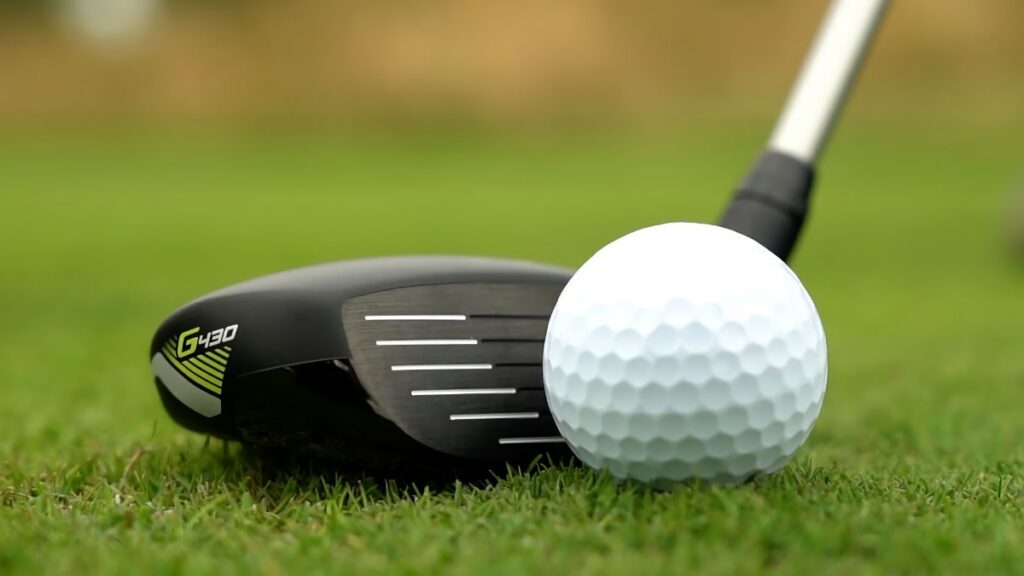
Best Deep Face 3 Woods
In my research and through reading forums, I’ve discovered that there are some great options for deep face 3 woods on the market today.
Here are three of the most popular models which are worth considering:
TaylorMade M3 Fairway Wood
A favorite on tour at the time of its release, the TaylorMade M3 is known for its larger, deeper clubface and provides a powerful launch with great forgiveness.
Callaway Epic Speed Fairway Wood
The Callaway Epic Speed features a deep face and high MOI design. This makes it a perfect option for golfers seeking both distance and control.
Titleist TSi2 Fairway Wood
With its deep face and high-launch characteristics, the Titleist TSi2 is great for those golfers who want to maximize both distance and accuracy.
Is a Deep Face 3 Wood Right For You?
So, how can you be sure if a deeper clubface is right for you?
To help determine this, watch the video below from Tour Experience Golf where they discuss the differences between a standard 3 wood and a deep face 3 wood:
It’s a fascinating comparison and opened my eyes to the benefits of this type of club.
To summarize, there was a 10mm face depth difference between the two clubs they tested. The outcome of the test was that the regular 3 wood produced a lower trajectory with less ball carry than the deep face 3 wood.
However, it is worth pointing out that this test was completed by hitting the ball off the deck in an indoor simulator environment, rather than from a tee.
I think this test would produce different results when both clubs are hit from the tee.
Ultimately, I imagine the deep face 3 wood would perform more like a driver with a higher ball flight — which is exactly what I’m looking for in this club.

Final Thoughts
In short, the decision of choosing a deep face 3 wood or a standard, more shallow face depends on your own style of play, and what goals you are looking for from this club.
The deep face 3 wood is suited to golfers with higher swing speeds, so newer less-experienced golfers should use these with caution.
However, if it suits your game, it can produce better results from the tee on tighter fairways with greater accuracy. This is exactly what I’m looking for in a 3 wood.
I highly recommend you test out several models at your local golf shop, to determine which style best suits your swing type and skill level.

